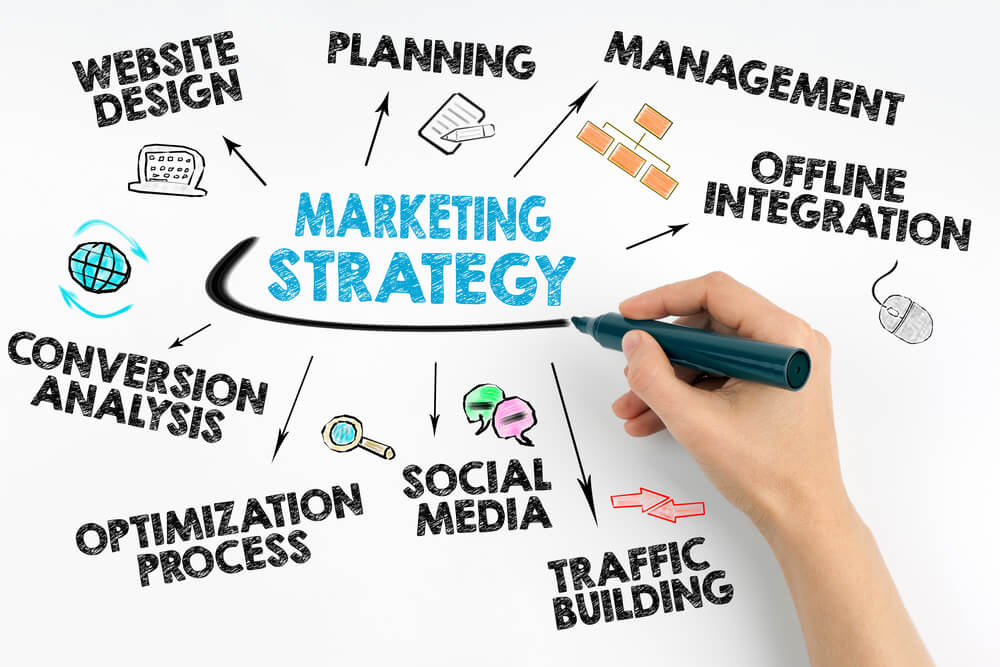
3x Revenue Expansion with Zero-Cost Scaling: The Power of Digital Innovation
In an era of rapid technological advancement and intensifying market competition, businesses face mounting pressure to achieve sustainable growth while maintaining cost efficiency. Digital transformation has emerged as a strategic imperative, offering organizations a pathway to unlock unprecedented revenue opportunities without proportional increases in operational expenses. By leveraging cutting-edge technologies, reimagining processes, and harnessing data-driven insights, companies can triple revenue growth while keeping costs in check. Here’s how.
1. Automate and Streamline Operations
The foundation of cost-efficient growth lies in eliminating inefficiencies. Legacy systems and manual workflows often consume excessive time and resources, limiting scalability. Robotic Process Automation (RPA), AI-powered tools, and cloud-based platforms can automate repetitive tasks such as invoicing, inventory management, and customer onboarding. For example, a retail company reduced order processing time by 70% using RPA, freeing employees to focus on high-value activities like customer engagement and innovation. Automation not only reduces operational costs but also accelerates service delivery, directly boosting revenue potential.
2. Leverage Data for Hyper-Personalization
Data is the new currency of the digital economy. By integrating IoT sensors, CRM systems, and advanced analytics, businesses can gain real-time insights into customer behavior, preferences, and pain points. A telecom company, for instance, used predictive analytics to upsell tailored data plans, increasing average revenue per user (ARPU) by 25%. Personalization enhances customer loyalty, drives repeat purchases, and unlocks cross-selling opportunities—all without significant marketing spend.
3. Monetize Digital Ecosystems
Digital transformation enables businesses to expand beyond traditional revenue streams. Platforms like mobile apps, subscription models, or API-driven partnerships create new monetization channels. A manufacturing firm transformed its product into a service by embedding IoT sensors to offer predictive maintenance subscriptions, tripling recurring revenue. Similarly, e-commerce businesses use AI chatbots to recommend products, boosting conversion rates by 30%. These ecosystems generate ongoing revenue with minimal marginal costs.
4. Optimize Pricing with Dynamic Models
Static pricing strategies often leave money on the table. Machine learning algorithms can analyze market demand, competitor pricing, and customer willingness to pay in real time. A hotel chain implemented dynamic pricing for room bookings, increasing occupancy rates by 15% and revenue per available room (RevPAR) by 22%. Such models maximize revenue without alienating price-sensitive customers, ensuring cost-neutral scalability.
5. Scale with Cloud and SaaS Solutions
Traditional IT infrastructure investments are capital-intensive. Cloud computing and Software-as-a-Service (SaaS) platforms allow businesses to scale operations elastically, paying only for what they use. A fintech startup migrated to AWS, reducing server costs by 40% while handling 3x more transactions. This agility enables rapid experimentation with new markets or products, driving revenue growth without fixed-cost burdens.
6. Empower Employees with AI Co-Pilots
Upskilling workforces is expensive, but AI-augmented tools can amplify productivity. For example, sales teams using AI-powered CRMs automate lead scoring and follow-ups, shortening sales cycles by 50%. Meanwhile, generative AI assists content teams in producing marketing materials 10x faster. By augmenting human capabilities, businesses achieve higher output with existing headcount.
Case Study: From Stagnation to 3x Growth
A mid-sized logistics company faced stagnant revenue due to manual route planning and poor asset utilization. By adopting a digital twin platform, they optimized delivery routes in real time, reducing fuel costs by 20% and increasing delivery capacity by 35%. Simultaneously, they launched a customer portal with live tracking and dynamic pricing, attracting 40% more clients. Within 18 months, revenue tripled, with operating costs rising only 8%.
Conclusion
Digital transformation is not merely a buzzword—it’s a revenue multiplier. By automating workflows, monetizing data, and embracing scalable technologies, businesses can achieve exponential growth while maintaining lean operations. The key lies in prioritizing high-impact initiatives that align with customer needs and operational realities. In a world where agility and innovation define success, organizations that harness digital tools strategically will dominate markets without breaking the bank. The future belongs to those who transform intelligently, not expensively.






